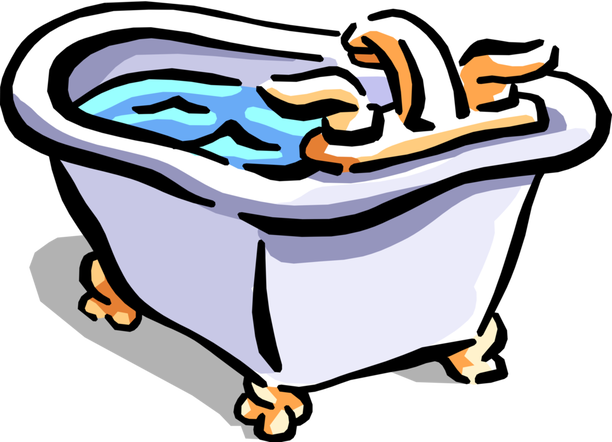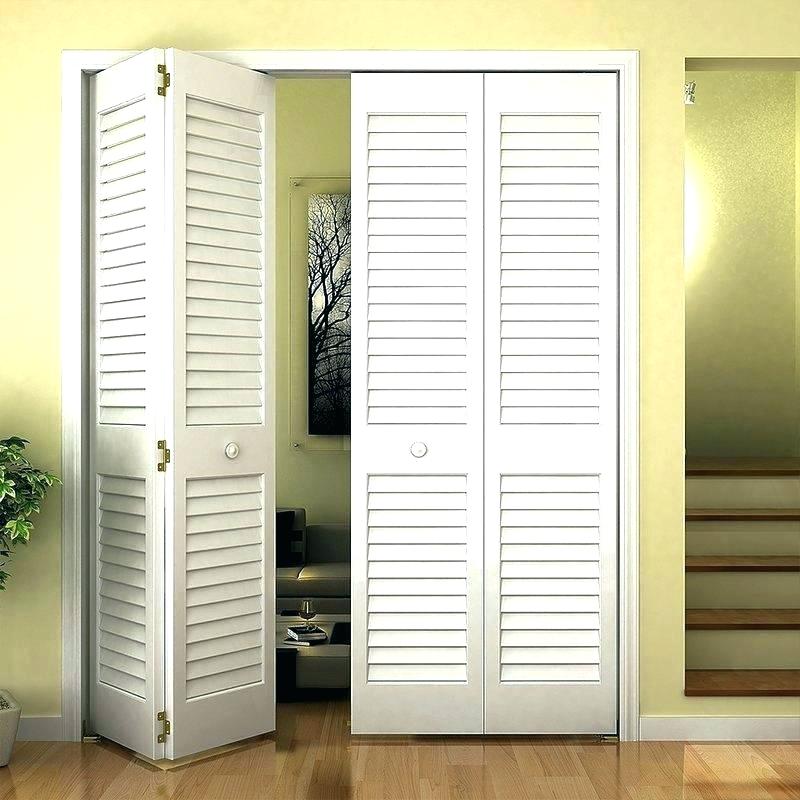 Most modern bathrooms have a fan in the ceiling to remove excess moisture and unpleasant odours! Back in the 70's and 80's they were often vented into the attic space which turned out to be a bad idea as mold often formed which created a dangerous situation. But we have learned from those mistakes and they are now vented to the great outdoors. Properly functioning bathroom fans are important as we add a lot of moisture to the air when we shower and if it isn't removed can result in damage to painted walls, mold growth, and even rotting of wood surfaces. Air movement by bathroom fans is measured as cfm (cubic feet/minute). For a fan to work properly it needs to have enough cfm's for the size of the room. Usually 1 cfm per square foot gives an adequate air exchange. This can be calculated by measuring the room. For example, if your room measures 7ft x 10ft you multiply to get 70. You would then need a 70 cfm fan. Bathroom fans also come with sound ratings called sones. A 1 sone fan would be very quiet while a 4 sone fan would be louder. With time, fan grilles and motors can become coated in a fuzzy coating of dust. This can make the fan work harder and wear it out sooner. So it's a good idea to give it a vacuum periodically. Sometimes older fans become noisy and and may even stop working all together. In that case it may be time to call your local Handyman to determine if it needs to be repaired or replaced. While not very exciting, bathroom fans are a simple but important part of your home!
0 Comments
 Bifold closet doors are a common sight in many homes. They come in a variety of styles and use less space then swing out doors.
As a Handyman I often get calls from clients asking for repairs to their bifold doors. Sometimes it is simply a matter of snapping the doors back into their tracks but other times require more involved repairs. Although they don't have a lot of parts there are several things that can go wrong with bifolds. A bifold door has metal pins that protrude from the top (2 of them) and the bottom (only 1). The bottom pin and one of the top pins is stationary while the other top pin travels inside a metal track. Sometimes the pins pop out of their holders or the door can crack at the pin location causing the pin to fall out. Other times the pin holder comes loose causing the door to fall over! The knobs can also work their way loose and need to be repaired. Hinges can also come loose or break with rough handling. If you are a handy DIYer then you can probably deal with some of these repairs yourself, but if not it may be best to give your local Handyman a call!  Living in Colwood & the West Shores area means that earthquakes are a part of our lives. Because of that reality there are things we should do in case the "Big One" hits one day. There are the obvious ones like keeping an emergency kit with food, water, and supplies handy, but then there is the not as obvious ones. One of those is securing our hot water tanks. Hot water tanks are usually supplied with water through a water line and natural gas through a gas line, or in the case of electric heaters, electricity through an electrical line. Now imagine an earthquake starts and that water tank starts swaying and rocking! In time, the lines supplying the tank will tear away or disconnect resulting in flowing water, an electrical fire, or worse yet, natural gas filling your home resulting in an explosion! So what can you do to help prevent this catastrophe? Well that's where your local Handyman can help! Installation of earthquake straps is the answer! What are earthquake straps? They are special metal straps made to wrap around a hot water tank and secure it to adjacent walls. In the event of an earthquake they help to keep your water tank from rocking and falling over thus preventing supply lines from being torn out. So besides having that emergency kit on hand, maybe it's time for some other earthquake preparedness! |
Site powered by Weebly. Managed by Web Hosting Canada
 RSS Feed
RSS Feed